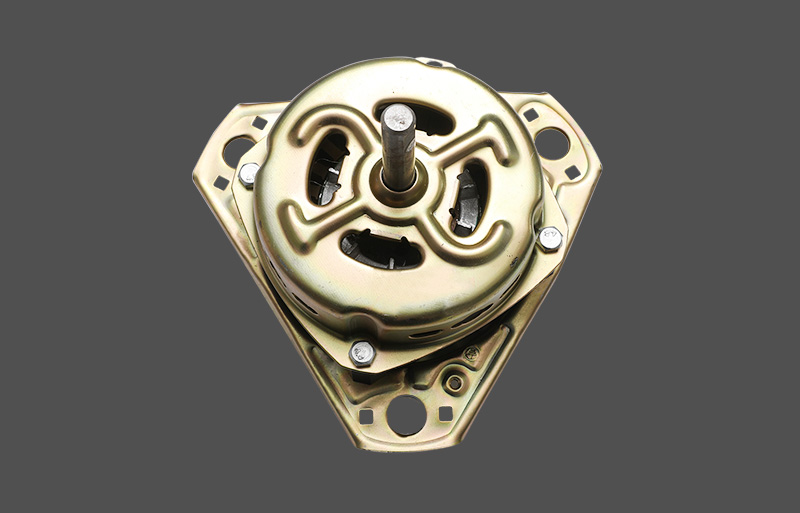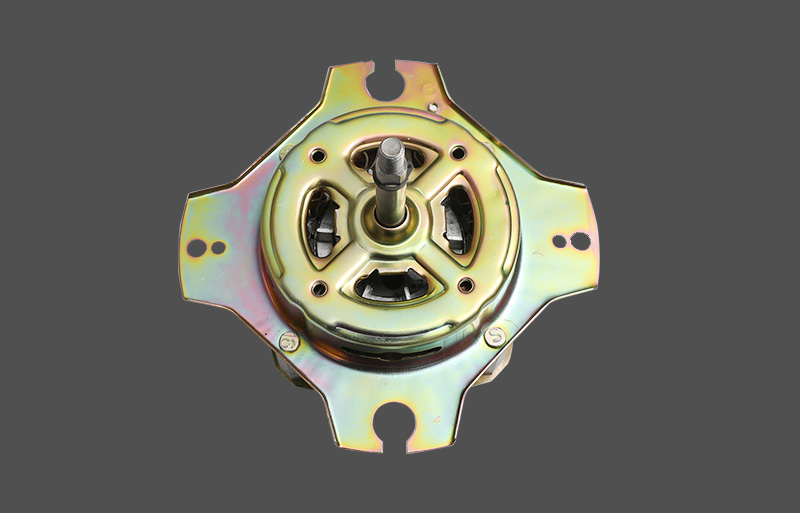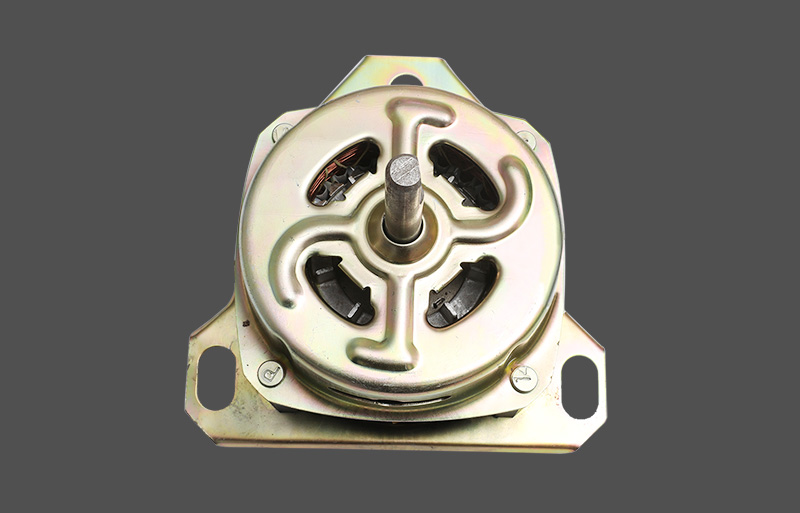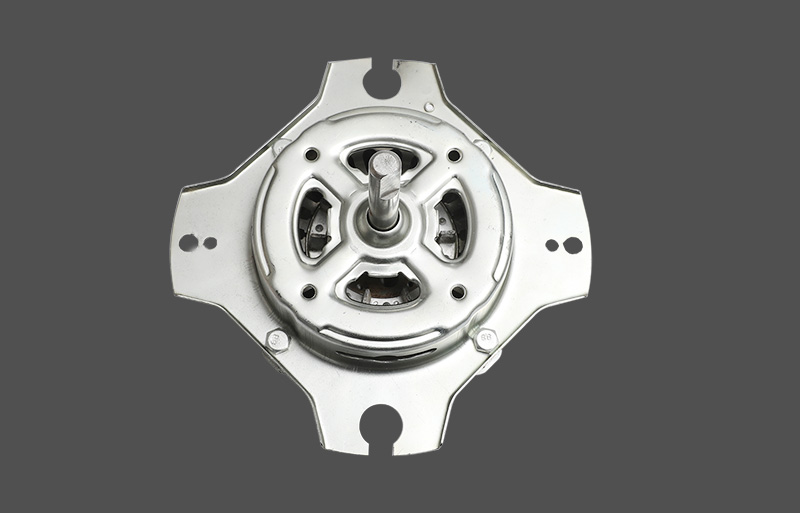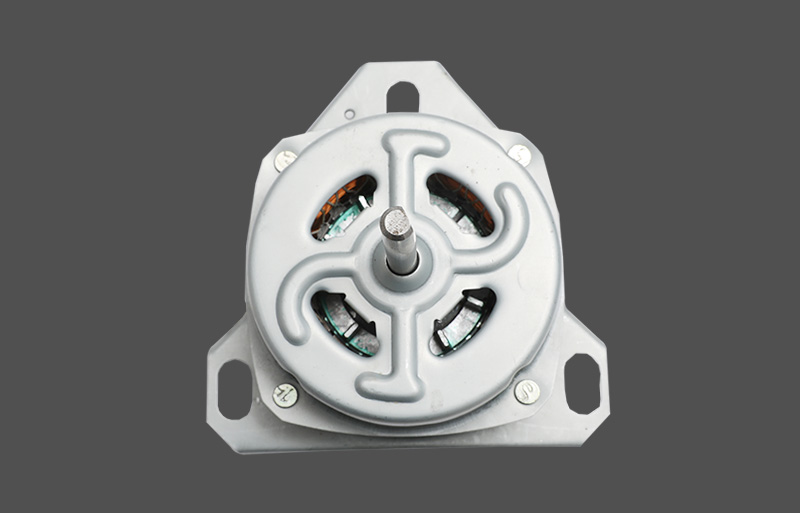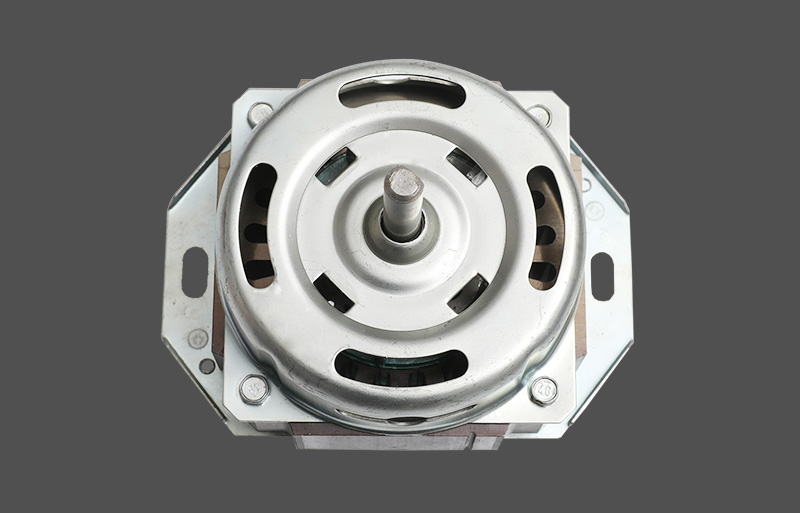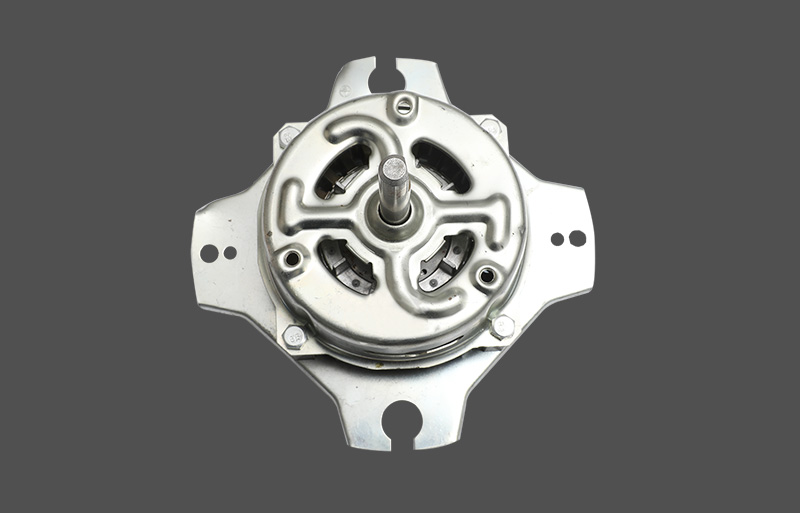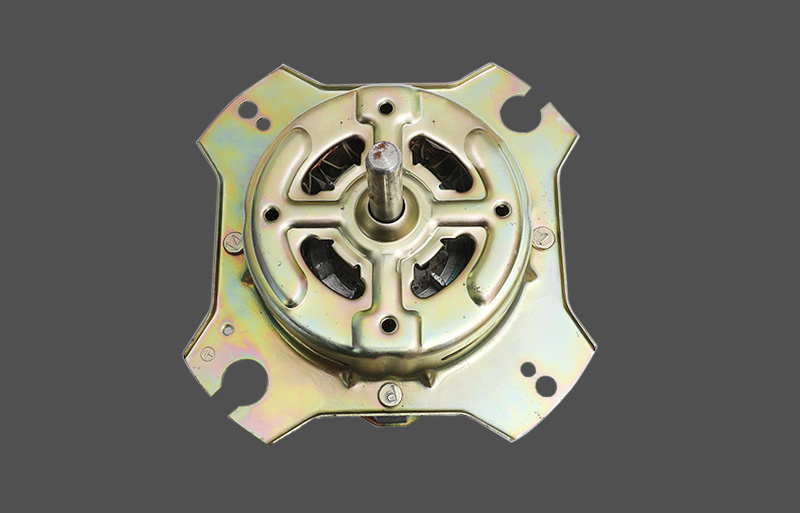In the medical equipment industry, the performance of ventilator motors is crucial because it directly affects the ventilation effect and life safety of patients. Therefore, in the design process of ventilator motors, engineers must strictly follow a series of performance standards to ensure the efficient, stable and safe operation of the motor.
Power and speed
The power and speed of ventilator motors are their core performance indicators. Power determines the driving force that the motor can provide, while speed directly affects the ventilation rate of the ventilator. In order to meet the ventilation needs of different patients, the motor must have sufficient power reserves to provide additional driving force under specific circumstances. At the same time, the speed needs to be controlled within a precise range to ensure that the ventilation rate of the ventilator is stable and adjustable. This requires full consideration of load characteristics and speed control strategies when designing the motor to achieve precise output control.
Efficiency and energy consumption
High efficiency is one of the important goals of ventilator motor design. The high efficiency of the motor means that more electrical energy can be effectively converted into mechanical energy, thereby significantly reducing energy consumption. This not only helps to reduce operating costs, but also helps to reduce energy consumption and environmental pollution. In order to achieve high efficiency, engineers need to optimize the electromagnetic design, mechanical structure and heat dissipation system of the motor. In addition, the use of advanced control algorithms and speed regulation technology can further improve the overall efficiency of the motor.
Stability and reliability
The stability and reliability of the ventilator motor are key factors to ensure its long-term and continuous operation. The motor needs to maintain stable performance under various working conditions to avoid failures. This requires full consideration of material selection, manufacturing process and heat dissipation measures during the design phase. In addition, the motor should have self-diagnosis and fault protection functions so that it can issue an alarm in time and take necessary countermeasures when problems occur.
Response speed
Response speed is another important performance indicator of ventilator motors. In an emergency, the motor needs to respond quickly and adjust the ventilation rate to meet the patient's breathing needs. This requires full consideration of dynamic response characteristics and control strategies when designing the motor to achieve fast and accurate output adjustments. By optimizing the control algorithm and feedback mechanism, engineers can ensure the efficient performance of the motor under various dynamic conditions.




